8 Important Things That Happened During Microsoft's Build Conference
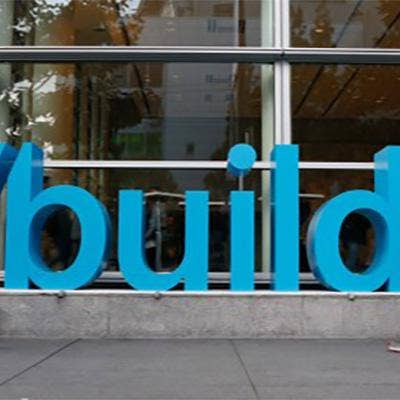
Here's To The Developers
Microsoft held its Build conference for developers in early April in San Francisco, and it's more clear than ever that these crucial players in the software giant's ecosystem are happier than ever. And why shouldn't they be? Microsoft debuted new tools and technology that allow them to get their jobs done more easily, including making mobile app startup Xamarin's technology available in Visual Studio at no extra cost.
There was a time, a few years ago, when some developers were questioning whether Microsoft really had their best interests at heart. But in recent years at Build, Microsoft officials have made it clear that they do. And this year's Build has pretty much cemented developers' status as first-class citizens in the Microsoft universe.
Following are eight important things that happened at this year's Microsoft Build conference that you should know about.
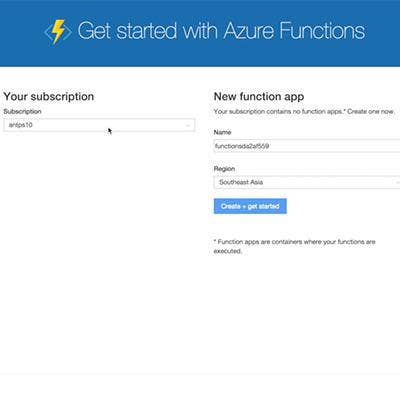
8. Microsoft Debuts 'Serverless Computing' Tech In Azure
Microsoft took the wraps off a preview of Azure Functions, its new "serverless compute" technology that enables developers to set up code that runs automatically in response to events, without having to set up and provision servers. This is a useful function in the Internet of Things, big data and other projects.
Developers can use Azure Functions to code functions in JavaScript, C#, Python and PHP and pay only for the capacity they use.
Amazon Web Services and Google both are offering serverless computing, and these services are gaining popularity among startups and developers that would rather focus their energies on building cloud apps than on mapping and provisioning the backend infrastructure needed to run them. Now that Microsoft is in the game, expect to see a new battleground in the fight for the hearts and minds of developers.
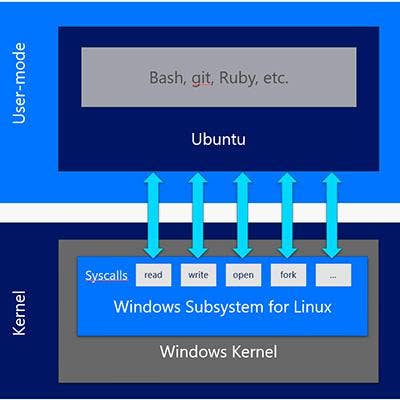
7. Bash Shell On Windows
One of the biggest rounds of applause at Build came when Microsoft revealed that it's bringing the Bash shell -- the programming interface widely used by Linux developers -- to Windows 10. The Bash on Ubuntu on Windows feature will be available in the upcoming Windows 10 Anniversary edition update.
"This isn't Bash or Ubuntu running in a [virtual machine]. This is a real native Bash Linux binary running on Windows itself. It's fast and lightweight and it's the real binaries," Scott Hanselman, principal program manager for Microsoft Azure, ASP.NET and Web Tools, said in a blog post.
Microsoft has in recent years been talking about how much it loves Linux and other open-source technologies, but bringing the Bash shell to Windows is one of those moves that really makes people stand up and notice.
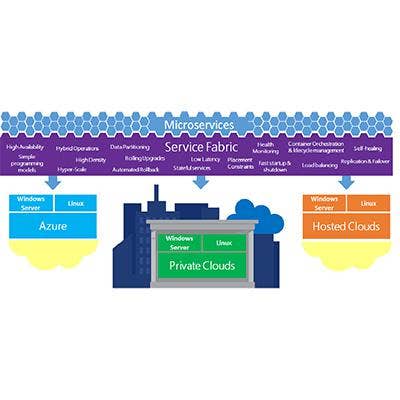
6. Azure Gets Its Internet Of Things Game On
Microsoft, which launched its Azure Internet Of Things Suite last September, continued to push developers to use its services for connecting sensor-equipped devices to the Azure cloud at the Build conference.
At the show, Microsoft unveiled the general availability of Azure Service Fabric, its microservices app platform for developers, which uses some of the same technology that underpins Azure SQL Database, Azure Document DB, Cortana and Skype for Business.
Microsoft also debuted its Azure IoT Gateway SDK, which helps developers connect older devices and sensors to the Internet via the public cloud.
These new offerings join Microsoft's existing Azure IoT Suite, which is for customers with large fleets of sensor-connected devices and includes technology for remote monitoring, asset management and predictive maintenance.
The Internet of Things might still be kind of a nebulous term to some partners, Microsoft is working hard to build a center a gravity around its own offerings in this space.
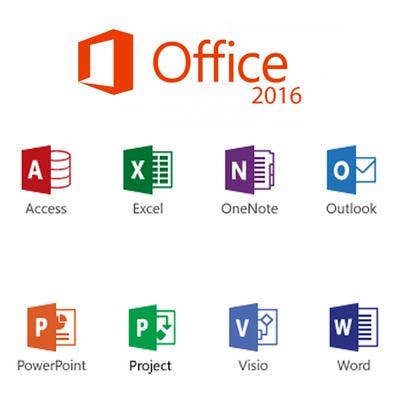
5. Microsoft's Pitch To Office Developers
Microsoft has been touting Office as a development platform for a while now, and the message at Build was that a 1 billion-strong user base for Office apps represents a huge opportunity.
Qi Lu, a Microsoft executive vice president in charge of Bing, Skype and Office, said developers can build cutting-edge apps by taking advantage of Office Graph, a Microsoft technology that draws connections between individual users based on their social network likes, posts, replies, shares and uploads.
Third-party developers can also embed their apps into the "ribbon" interface for Microsoft Word, Powerpoint, Excel and Outlook, Lu said at the event.
These new Office development capabilities, combined with the new natural language processing that Microsoft is bringing to Office, are giving developers plenty to work with these days.
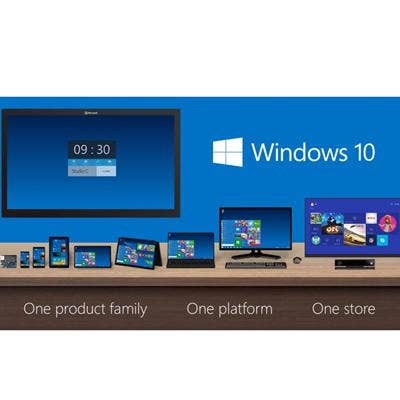
4. So Much Windows 10 Everywhere
Windows 10 hit the market only eight months ago, but that hasn't stopped the OS from setting a blistering adoption rate. At Build, Microsoft said Windows 10 is now in use on more than 270 million devices and is on track to hit 1 billion devices in the next few years.
Terry Myerson, executive vice president of Microsoft's Windows and Devices unit, said in a blog post that Windows 10 also boasts the highest customer satisfaction rate of any version of Windows ever produced, as measured by the amount of time users are spending on the OS.
Microsoft is adding several new features and functionality in the upcoming Windows 10 Anniversary edition update. With the Xamarin cross-platform development tool now included with Microsoft's Visual Studio toolkit, developers will be able to code apps for Windows 10, Apple iOS and Google Android with just one set of code.
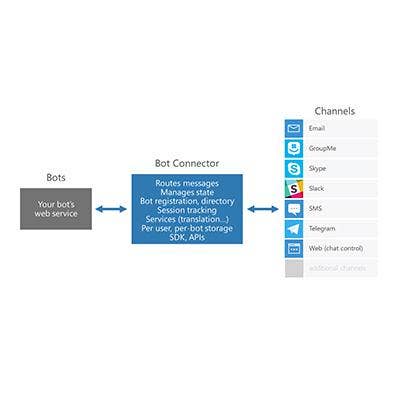
3. Here Come The Microsoft Bots
At Build, the software giant unveiled the Microsoft Bot Framework, a set of tools developers can use to create bots that can understand speech and which users speak to in order to find the information they're looking for. It's part of Microsoft's Cortana Intelligence Suite, a set of technologies previously known as Cortana Analytics Suite.
The Microsoft Bot Framework lets developers connect their bots to Skype, Outlook and other platforms. The Skype Bot Platform lets developers embed text, voice, video and 3-D interactive characters into their creations.
Microsoft also unveiled Cognitive Services, a set of machine learning tools that includes 22 APIs covering areas like speech and image recognition, along with language, knowledge and search capabilities. Also new were the Skype for Business App SDK and Skype Web SDK, which let developers integrate Skype calls into their services and devices.
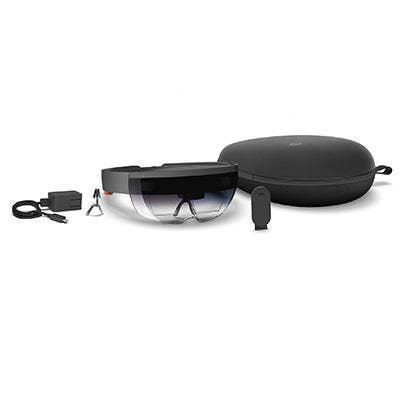
2. Microsoft Ships HoloLens Development Toolkit
One of the biggest reveals at Build was that Microsoft is now shipping development tools for HoloLens, the augmented reality headset that lets users view holographic images in their surrounding environment.
The HoloLens Development Edition, along with a Windows Holographic SDK and emulator, are now shipping to developers, Microsoft said at the Build conference. Microsoft also said developers can bring their apps built on the Universal Windows Platform (UWP) to work in the two-dimensional surfaces found in virtual worlds.
Microsoft also unveiled several HoloLens-related open-source projects, including HoloToolkit, HoloToolkit-Unity and Galaxy Explorer, which it's using to jump-start HoloLens development.
CEO Satya Nadella has previously referred to HoloLens as a project that will take several years to fully materialize, but judging from the applause that accompanied its Build announcements, the excitement around the product has already reached a high level.
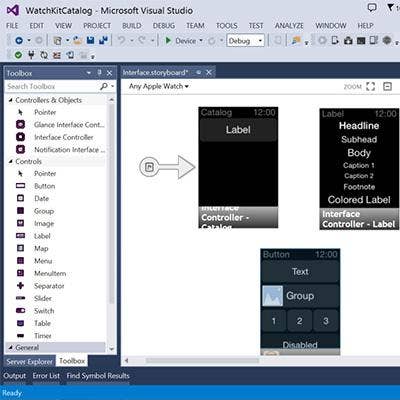
1. Xamarin Now F ree As Part Of Microsoft Visual Studio
Microsoft began talking with mobile app development startup Xamarin about a potential acquisition more than two years ago, and in February finally pulled the trigger on a deal. At Build, Microsoft thrilled developers by revealing that Xamarin will now be part of the Visual Studio toolkit.
This is exactly what Microsoft developers have been clamoring for, as Xamarin's pricing is seen as too high for smaller firms. Xamarin lets developers build Windows, iOS and Android apps with one set of code, and putting it in Visual Studio is expected to draw more developers from the Apple and Google camps.
At the same time, Xamarin in Visual Studio could help Microsoft drive more Azure usage, since all of these apps being built are going to need a cloud back end to connect with for storage, analytics and other tasks.
Though it took a while for Microsoft to bring Xamarin into the fold, it's a move that many partners are thrilled with and expect to pay dividends for years to come.